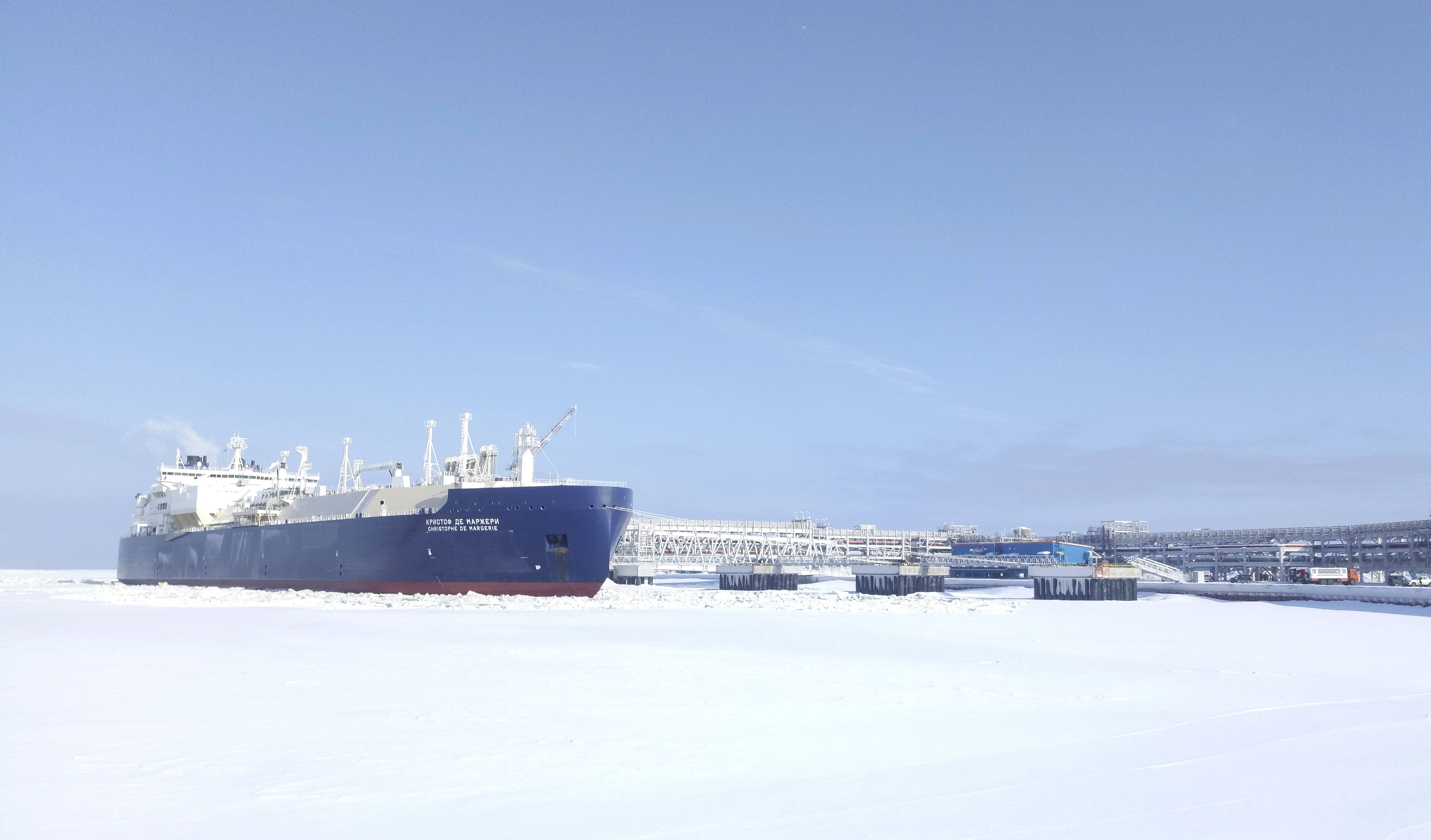Gas exports could quadruple shipping in Russia’s Arctic by 2025

Shipping traffic through Russia’s Arctic waters will increase four-fold by 2025 on the back of a projected rise in exports of oil and gas to markets in Asia and Europe, Russian officials said during addresses to the Arctic Circle conference, currently being held in Reykjavík, Iceland.
The projected increase, to a volume of between 35 million and 40 million tonnes, comes as Russian and foreign investment along the country’s northern coast grows.
One project alone, the $26 million Yamal Natural Gas plant, is expected to reach full production capacity of 16.5 million tonnes next year. The gas is to be transported to markets in Europe and Asia by a fleet of 15 tankers, said Yuri Kostin, the deputy head of the Russian agency responsible for administering the Northern Sea Route.
Moscow’s projection also factors in exports from other natural resource extraction projects that are in various stages of development, including oil drilling, said two other shipping experts. Lawson Brigham, a University of Alaska Fairbanks professor and Nasuhiko Otsuka, of Hokkaido University’s Arctic Research Center, who were part of a panel with Kostin, said they consider the projections realistic, but cautioned that the volume of traffic is closely tied to the price of commodities, in particular oil.
Development of the Northern Sea Route is one of Russia’s economic priorities in its Arctic region, and Moscow is seeking to support its growth by investing in ports and infrastructure and building icebreakers.
Other focus areas include improving communication and the digitalization of navigational charts. Currently, vessels on the Northern Sea Route must rely on paper navigational charts, said Sampo Viheriälehto, a master mariner and chartering manager for Finnish icebreaker operator Arctia, Ltd.
Much has been made of the Northern Sea Route as a shipping lane for cargo between Asia and Europe. But academics studying its viability suggest that several factors — including slower sailing speeds, regulations for navigating in polar waters and a lack of population centers that would make container traffic profitable — offset the benefit of a shorter sailing distance and limit the route’s attractiveness to specific types of cargo.
Vladimir Barbin, Moscow’s envoy for Arctic affairs, acknowledged that for the time being, most of the traffic on the Northern Sea Route was going to and from Russian ports, but expressed confidence that could change.
“There is enormous potential for increased transport between Europe and Asia,” he said.